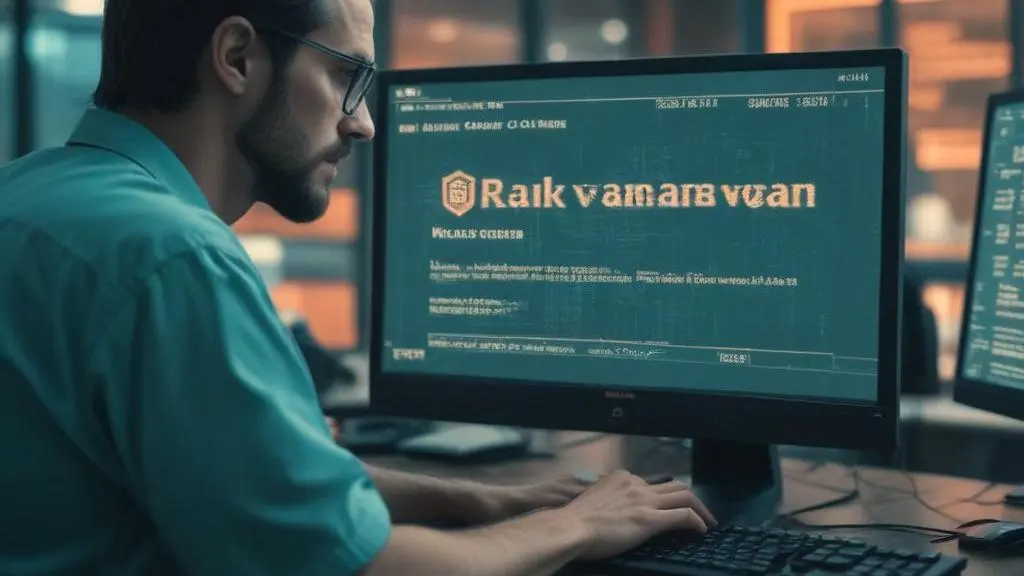Vulnerability assessment is crucial for identifying and mitigating potential security risks in digital systems. This process helps organizations safeguard their data and maintain operational integrity.
Types of Vulnerabilities
Understanding the different types of vulnerabilities is the first step in conducting an effective assessment. Software vulnerabilities include bugs, misconfigurations, and outdated software. These weaknesses can be exploited to gain unauthorized access, steal data, or disrupt services. For instance, a Linux kernel vulnerability, such as CVE-2024-53104, can compromise system integrity. Network vulnerabilities encompass weak passwords, unsecured ports, and inadequate firewall settings. These issues can allow attackers to infiltrate networks and exfiltrate sensitive information. Hardware vulnerabilities involve physical security breaches and outdated equipment. These can be exploited through methods like tampering with physical devices or leveraging outdated firmware. Recognizing these categories helps in pinpointing potential risks and focusing on the most critical areas. With the right tools and methodologies, organizations can systematically identify and mitigate these vulnerabilities, enhancing their overall security posture.
Tools for Vulnerability Assessment
Leveraging the right tools is essential for a thorough vulnerability assessment. Network scanners identify open ports and potential entry points. These tools scan networks to find devices and determine their vulnerabilities. They are crucial for identifying weak points in a network’s infrastructure.
Web application scanners detect vulnerabilities in web applications. These tools simulate attacks to find security flaws such as SQL injection, cross-site scripting (XSS), and other common web application vulnerabilities. They are essential for securing web applications against potential threats.
Penetration testing tools simulate real-world attacks to test system defenses. These tools help identify vulnerabilities that could be exploited by attackers. They provide insights into how well a system can withstand an attack and highlight areas that need improvement. Utilizing these tools ensures a robust assessment of your digital infrastructure. For more insights into potential threats, refer to how cybercrime groups exploit vulnerabilities.
Best Practices for Mitigation
Implementing best practices is crucial for effective mitigation. Regularly updating software and applying patches can close known vulnerabilities. Employing strong authentication methods, such as multi-factor authentication, enhances security. Conducting regular vulnerability assessments and digital security audits helps maintain a proactive stance against threats. Additionally, our managed cloud services and cloud infrastructure configuration ensure your digital assets are protected at a low price, providing a cost-effective solution for ongoing security.
One of the critical practices is ensuring that all systems are up-to-date with the latest patches. This includes not just operating systems but also applications and firmware. Many vulnerabilities are known and exploited through unpatched systems. For instance, the Linux kernel vulnerability CVE-2024-53104 highlights the importance of timely patches.
Strong authentication measures are essential. Multi-factor authentication (MFA) adds an extra layer of security, making it harder for unauthorized users to gain access. This is particularly important for administrative accounts and critical systems.
Regular vulnerability assessments and digital security audits are key. These processes identify potential weaknesses before they can be exploited. By continually assessing and auditing, organizations can stay ahead of emerging threats.
Our managed cloud services ensure that your cloud infrastructure is configured securely. Proper configuration can prevent many common vulnerabilities, such as those exploited by the XE group. By leveraging our expertise, you can ensure that your digital assets are protected at a low cost, providing a cost-effective solution for ongoing security.
Ongoing Protection and Management
Maintaining ongoing protection requires continuous monitoring and management. Utilizing managed cloud services and DNS management ensures that your digital infrastructure is always secure. Regular vulnerability assessments and digital security audits help identify and mitigate new threats as they emerge. These assessments are crucial for detecting vulnerabilities such as CVE-2024-53104. By partnering with us, you benefit from our expertise in web design, web hosting, and comprehensive security solutions at a low price.
Continuous monitoring allows for immediate detection of anomalies, which can be indicators of potential threats. DNS management ensures that your domain names are correctly configured, reducing the risk of domain hijacking and other DNS-related attacks. Managed cloud services provide scalable and secure infrastructure, which is essential for handling varying loads and ensuring high availability.
Regular vulnerability assessments involve thorough scanning and analysis of your systems to identify weaknesses. These assessments should be conducted frequently to keep up with the evolving threat landscape. Digital security audits provide a deeper dive into your security posture, reviewing policies, procedures, and configurations to ensure they meet best practices.
By maintaining a proactive approach, you can significantly reduce the risk of vulnerability exploitation. Our comprehensive security solutions include ongoing support and updates to ensure your systems are always protected. Protecting against ransomware and other emerging threats requires a multifaceted approach that includes regular assessments and audits.
Ready to take control of your digital security? Click here to get started with our services today.
Final words
Vulnerability assessment is a critical component of maintaining digital security. By understanding the types of vulnerabilities, using the right tools, and implementing best practices, organizations can significantly reduce their risk of cyber threats. Regular assessments and managed cloud services ensure ongoing protection and peace of mind.











Leave a Reply